-
May 13th, 2015, 06:52 PM
#1
-
May 13th, 2015 06:52 PM
# ADS
-
May 13th, 2015, 07:59 PM
#2

Awesome, I am definately adding that to my list below the Dry Tortugas.
When I was in Florida we called fish #430 a Hardhead catfish, I beleive the Flathead does not have a forked tail?
I could be wrong but I would take a guess at a 'White Catfish' for pic #444?
Great pics, thanks for posting.
National Association for Search and Rescue
-
May 13th, 2015, 09:14 PM
#3


Originally Posted by
Marker

Awesome, I am definately adding that to my list below the Dry Tortugas.
When I was in Florida we called fish #430 a Hardhead catfish, I beleive the Flathead does not have a forked tail?
I could be wrong but I would take a guess at a 'White Catfish' for pic #444?
Great pics, thanks for posting.
The fish you are thinking about are not saltwater catfishes. Check the latin names I've labelled for each of the fish next to their common names. That's why they are there because using common names is often confusing. The two catfish I caught from Mazatlan belong to the family Ariinae (Sea Catfishes). The two species you are suggesting, Flathead Catfish (Pylodictis olivaris) and White Catfish (Ameiurus catus), both belongs to the family Ictaluridae (North American freshwater catfishes). Although White Catfish can tolerate slightly brackish environment, they are not found in high salinity.
Mazatlan is in the Eastern Central Pacific while Florida is in the Western Central Atlantic. Different ocean, different species.
The simple facts that both of these catfish were 1) caught in Mexico, 2) caught in saltwater and 3) caught in the Pacific rules out any chance they can belong to Ictaluridae.
Hardhead Sea Catfish (Ariopsis felis), as a Sea Catfish, does belong to Ariinae. I've caught them and the Gafftopsail Catfish in Florida as well. However, there are no Hardhead Catfish in Mexico. Different ocean, different species in this case.
There are sister species between the two oceans thanks the the Isthmus of Panama. Before the isthmus formed, fish could move between the Pacific and the Atlantic. After the isthmus formed, sister species evolved in separate oceans.
#444 is yet to be identified because there are a few species that looks very similar and the only real way to confirm their identity was to check the patches of teeth on their palate...which at this point, I can't really tell because I didn't take any pictures of their oral cavity... 

Last edited by MuskieBait; May 13th, 2015 at 09:20 PM.
-
May 14th, 2015, 07:29 AM
#4

awesome stuff!!!
The food looks amazing!!
-
May 14th, 2015, 09:37 AM
#5

what an amazing variety of fish.
and the food looks unbelievable!






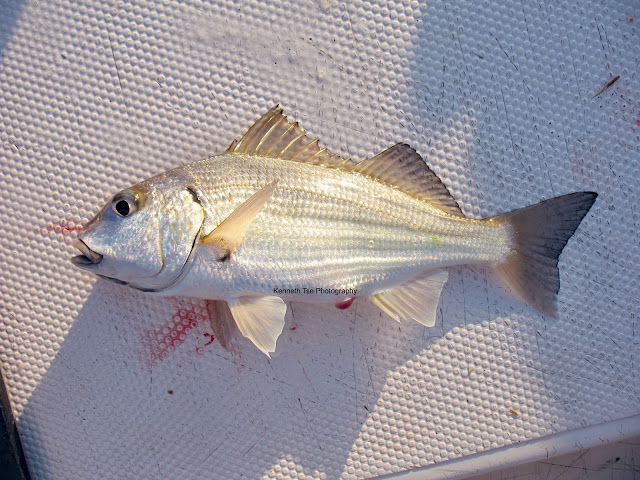
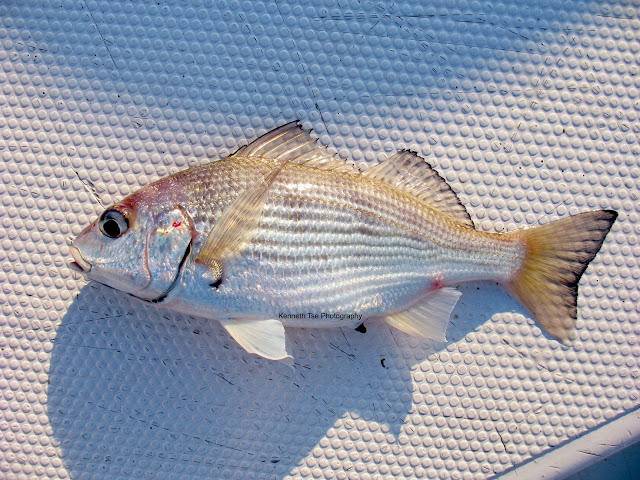
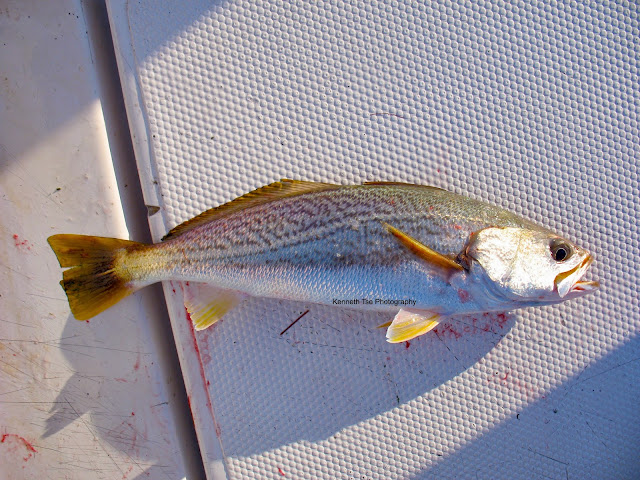
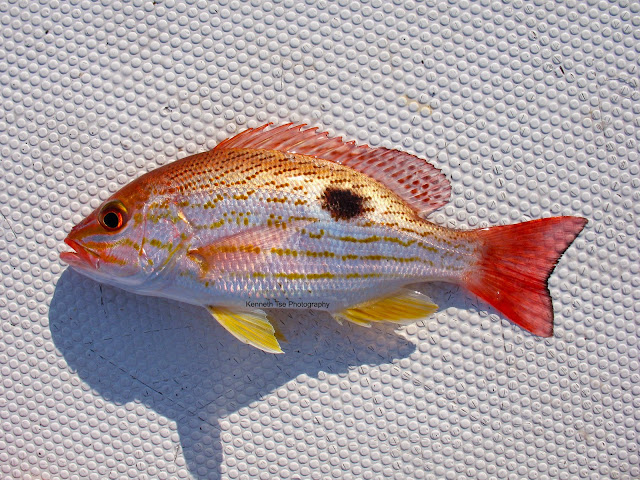

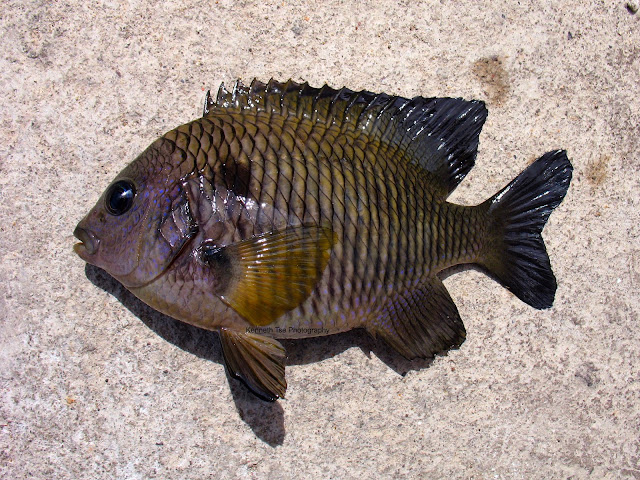
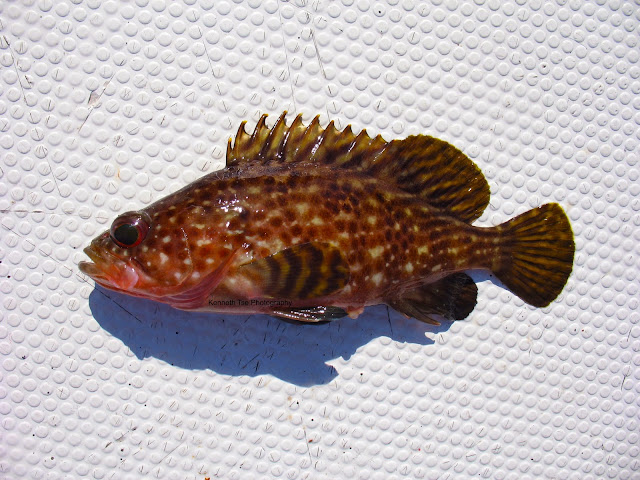
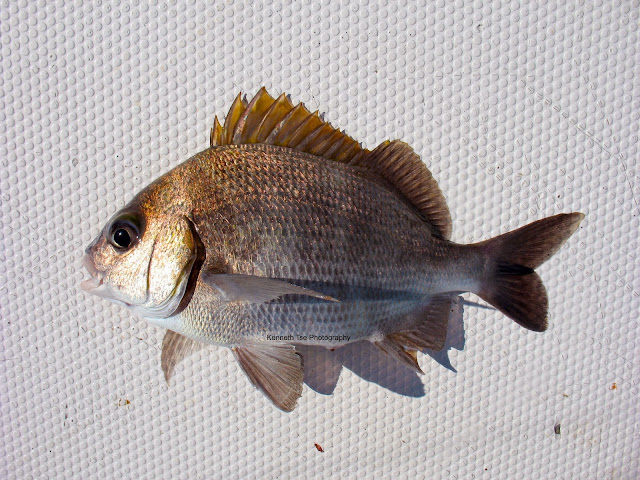

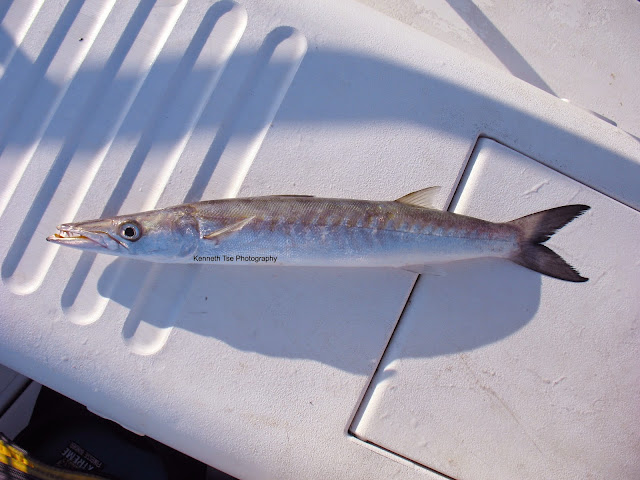
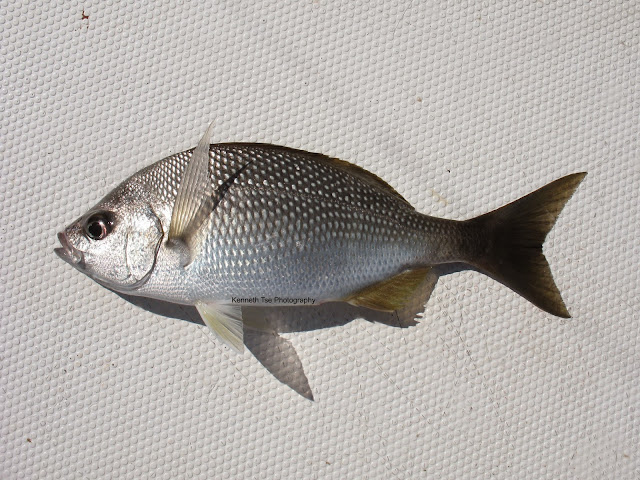
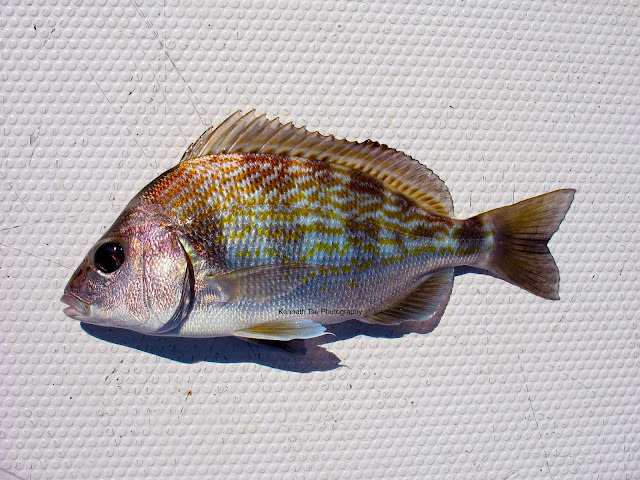
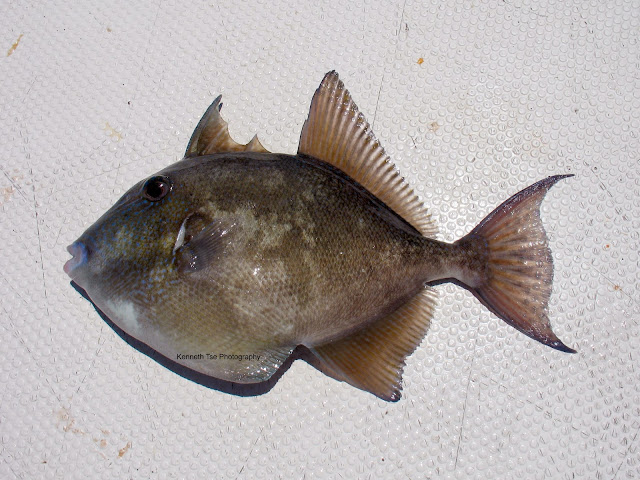
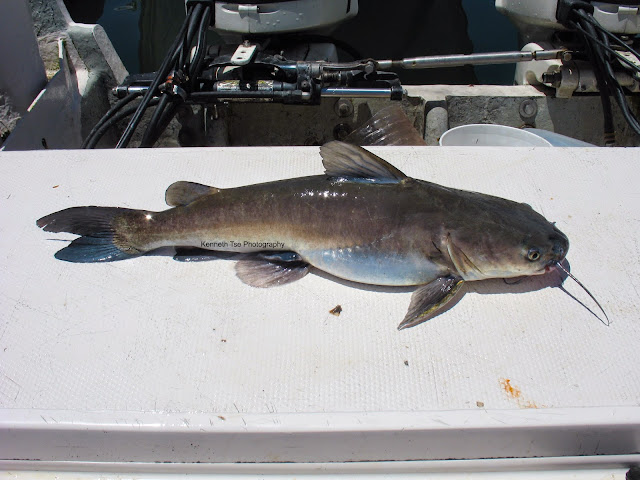
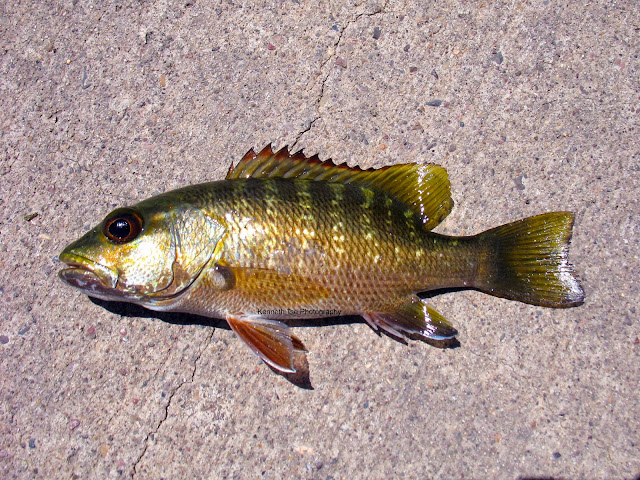

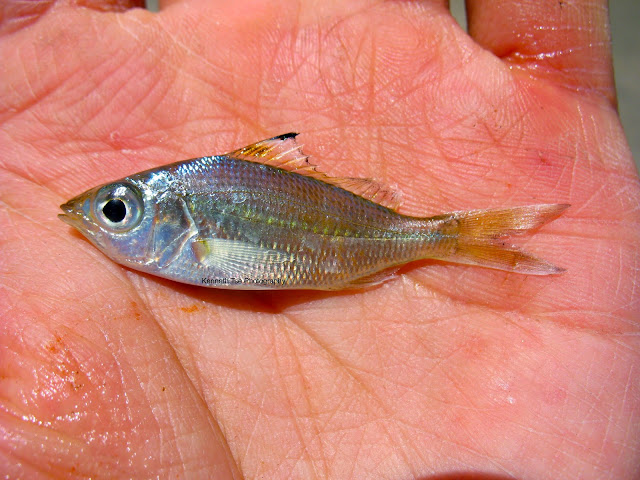

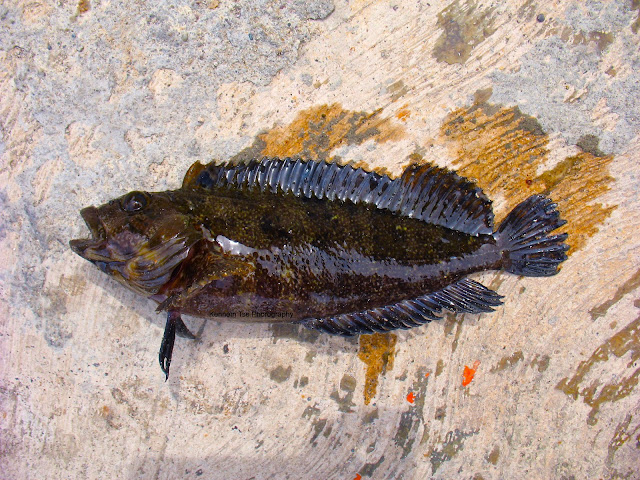
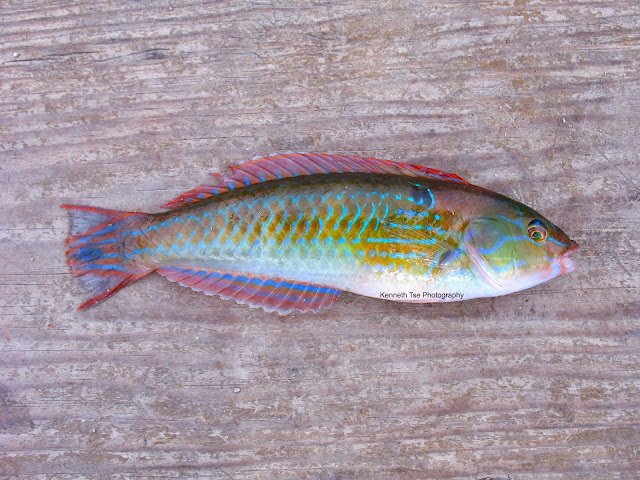
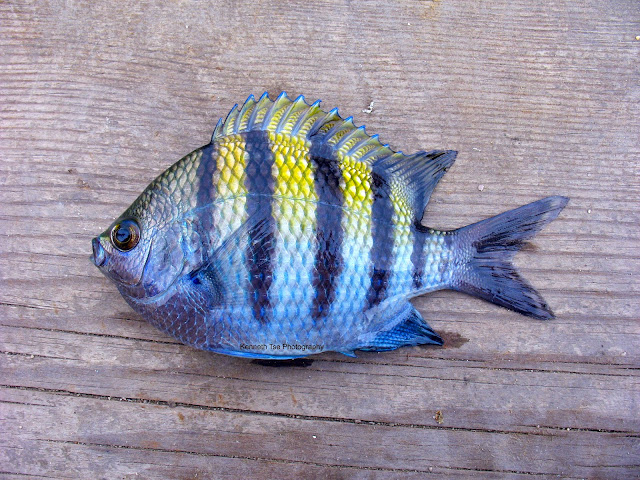
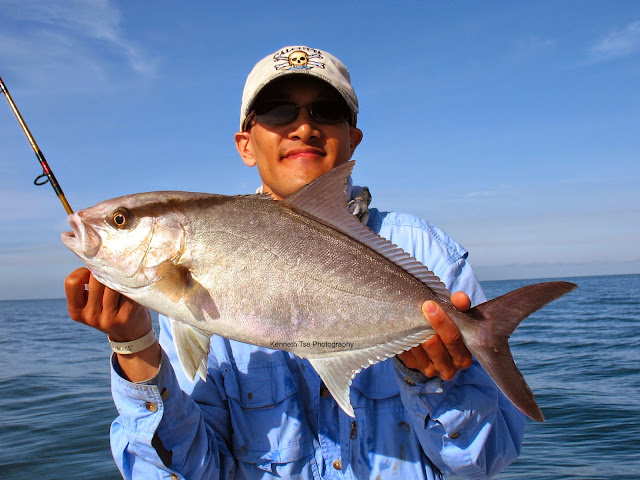
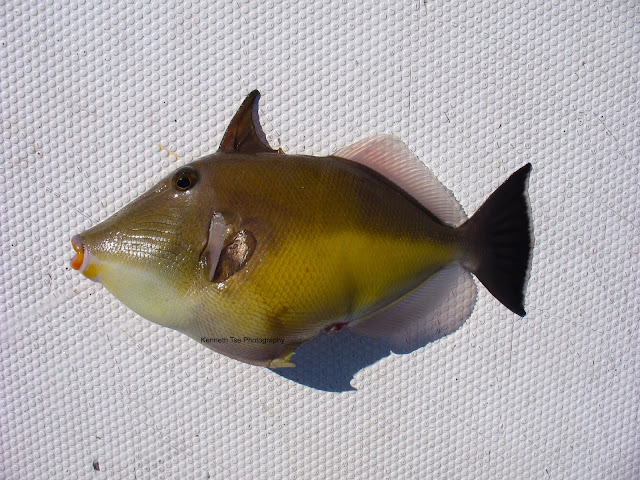
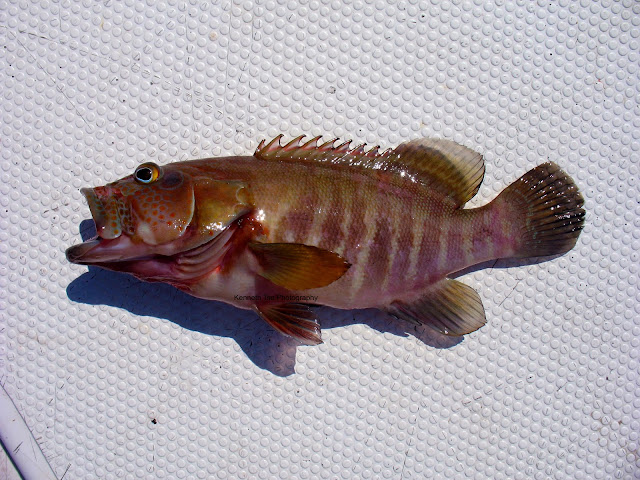
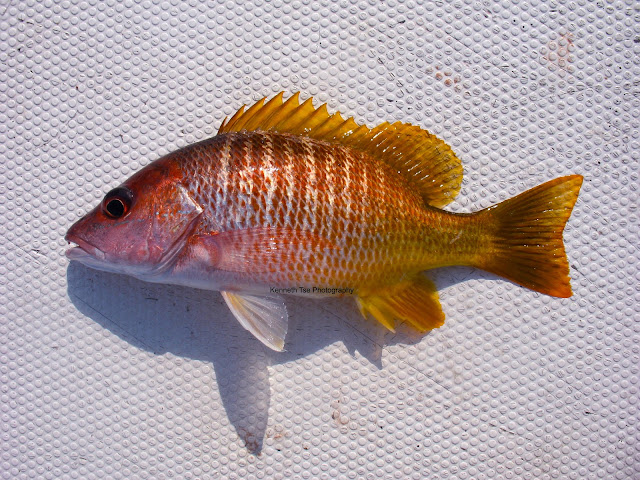
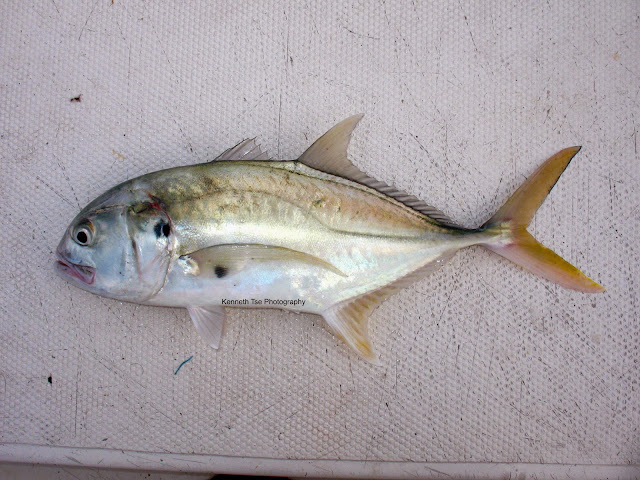
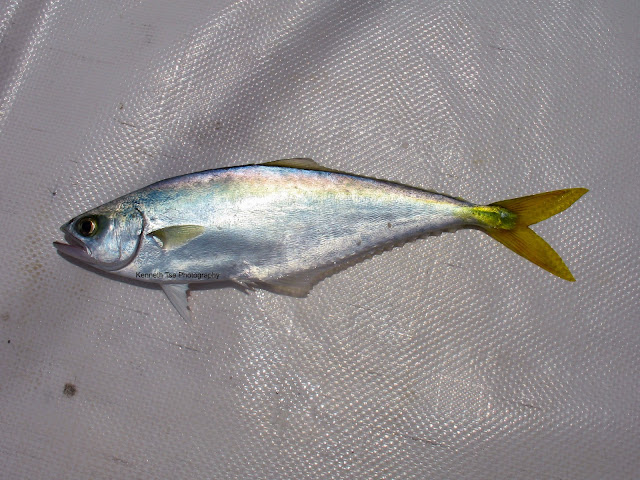
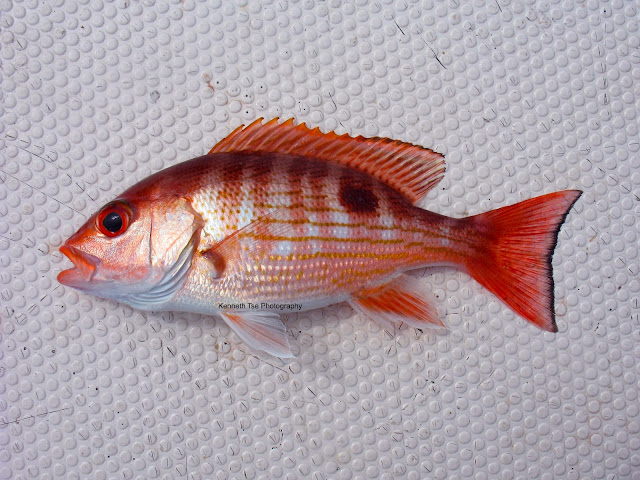

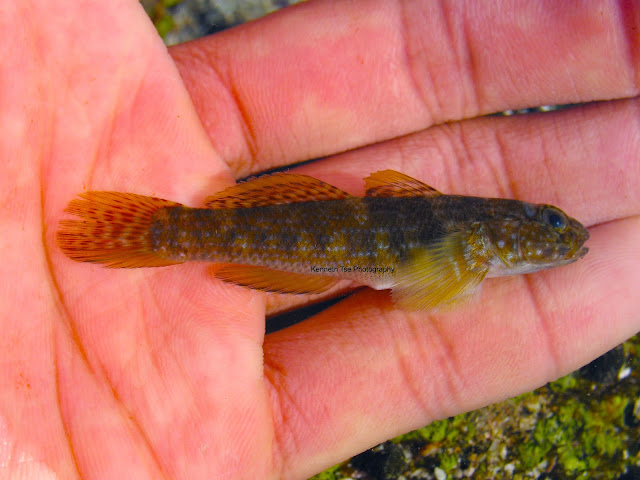
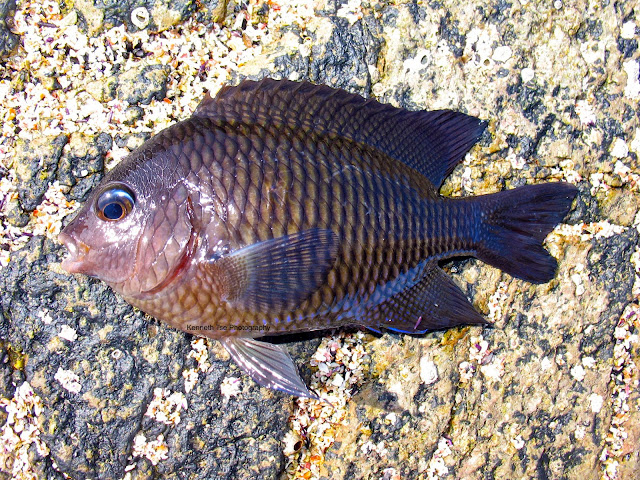
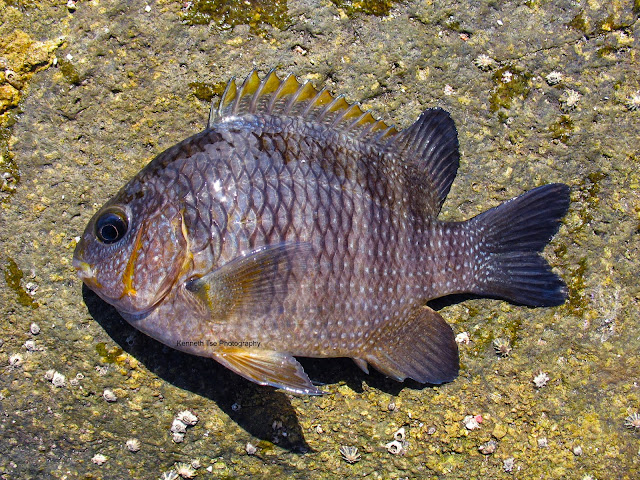


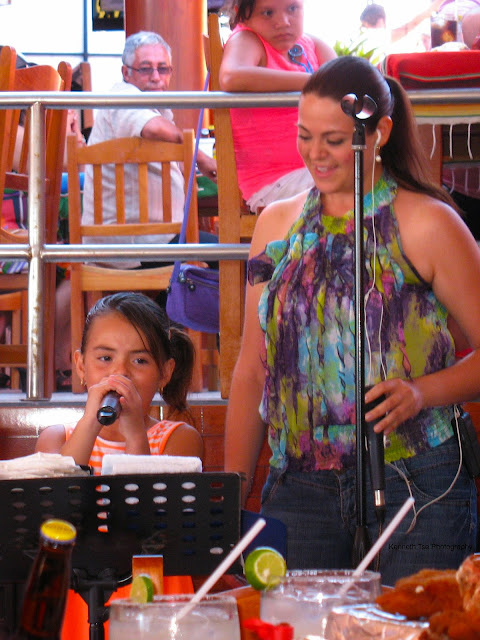

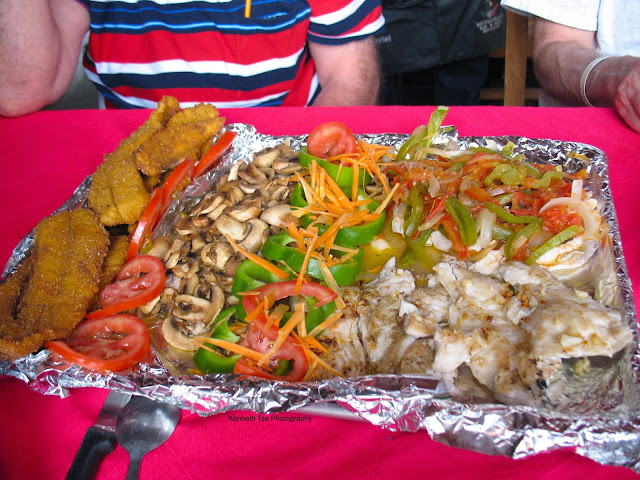


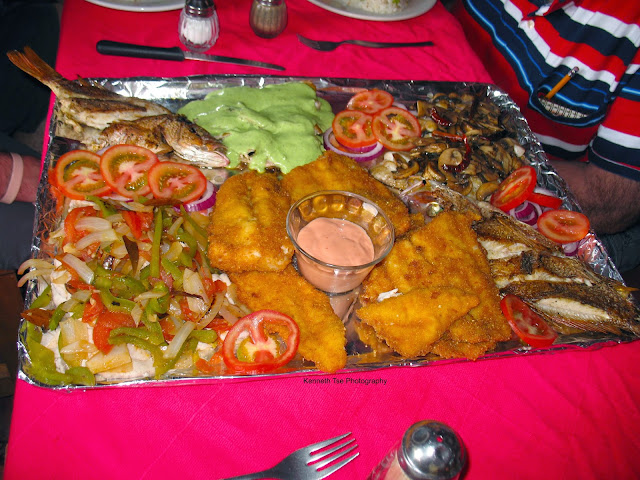
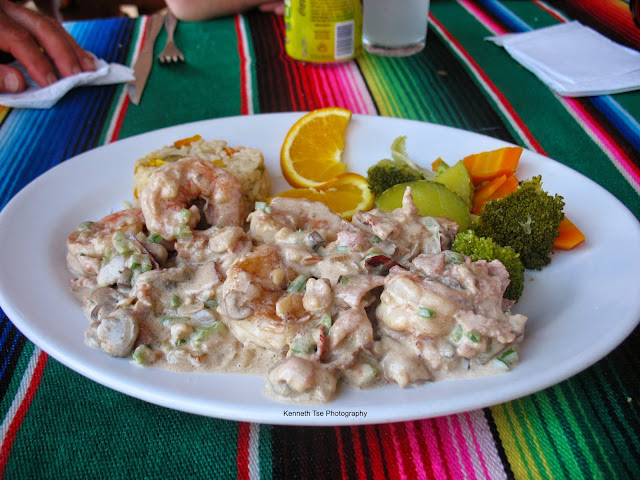


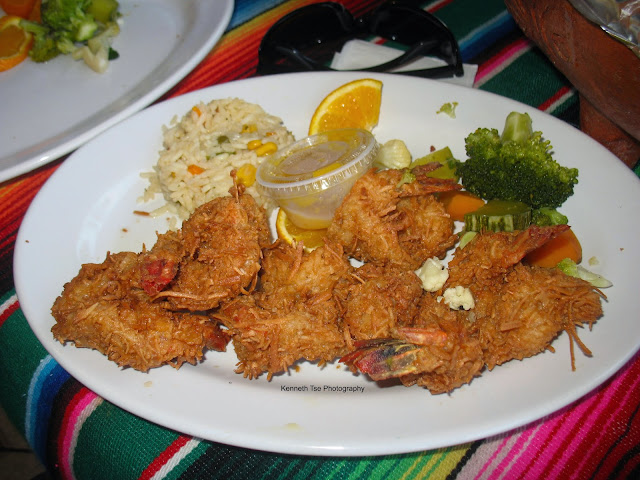

 Reply With Quote
Reply With Quote







